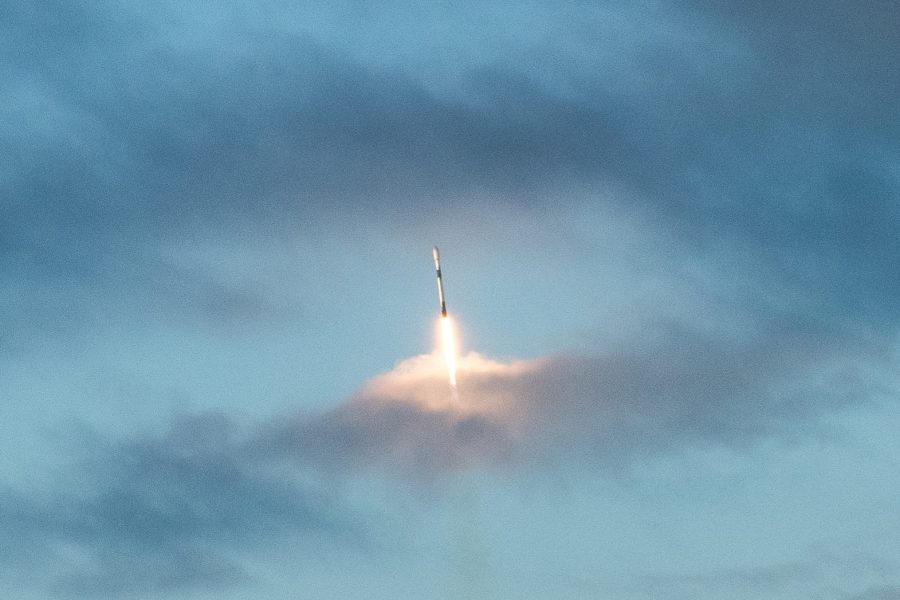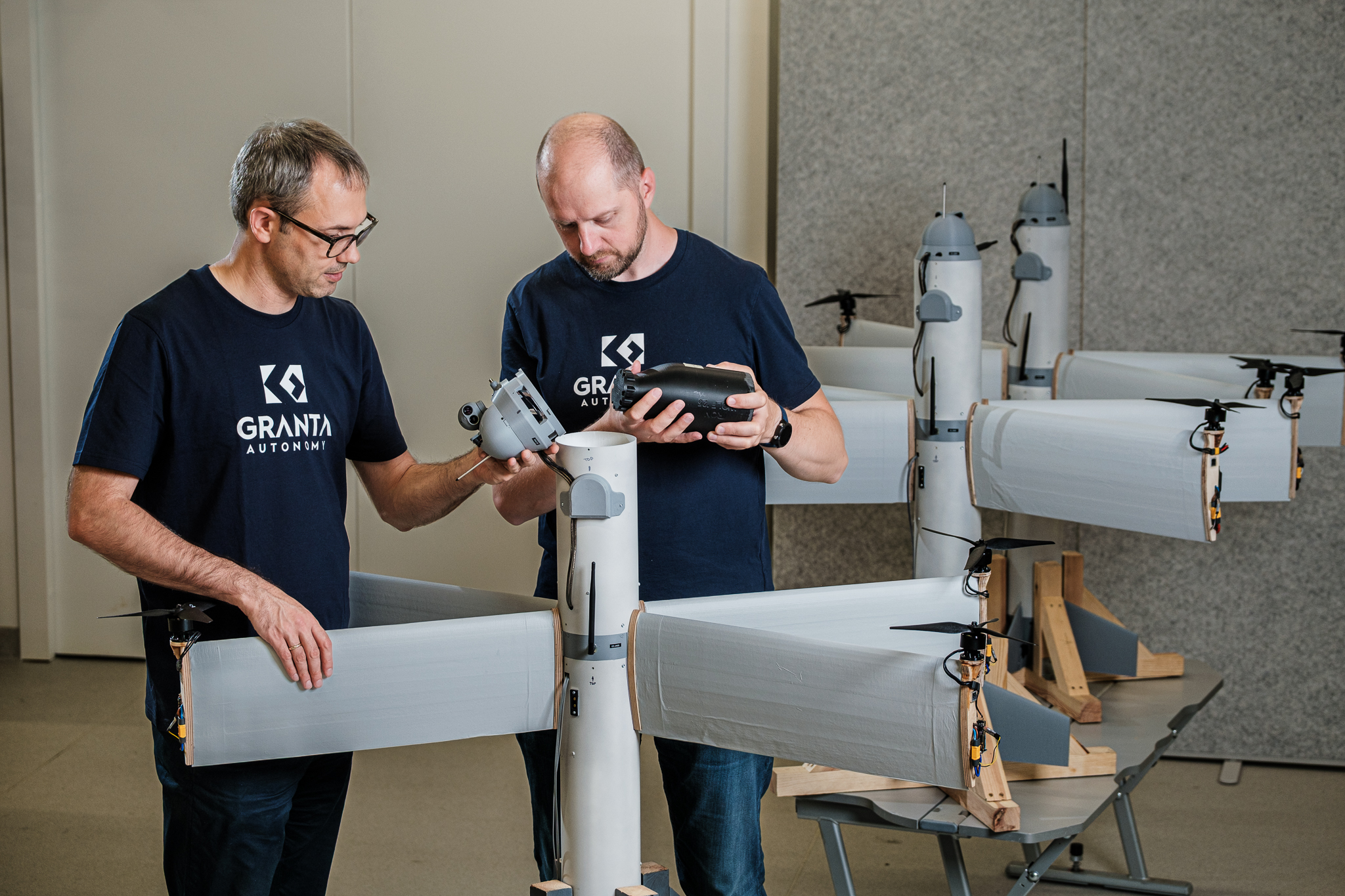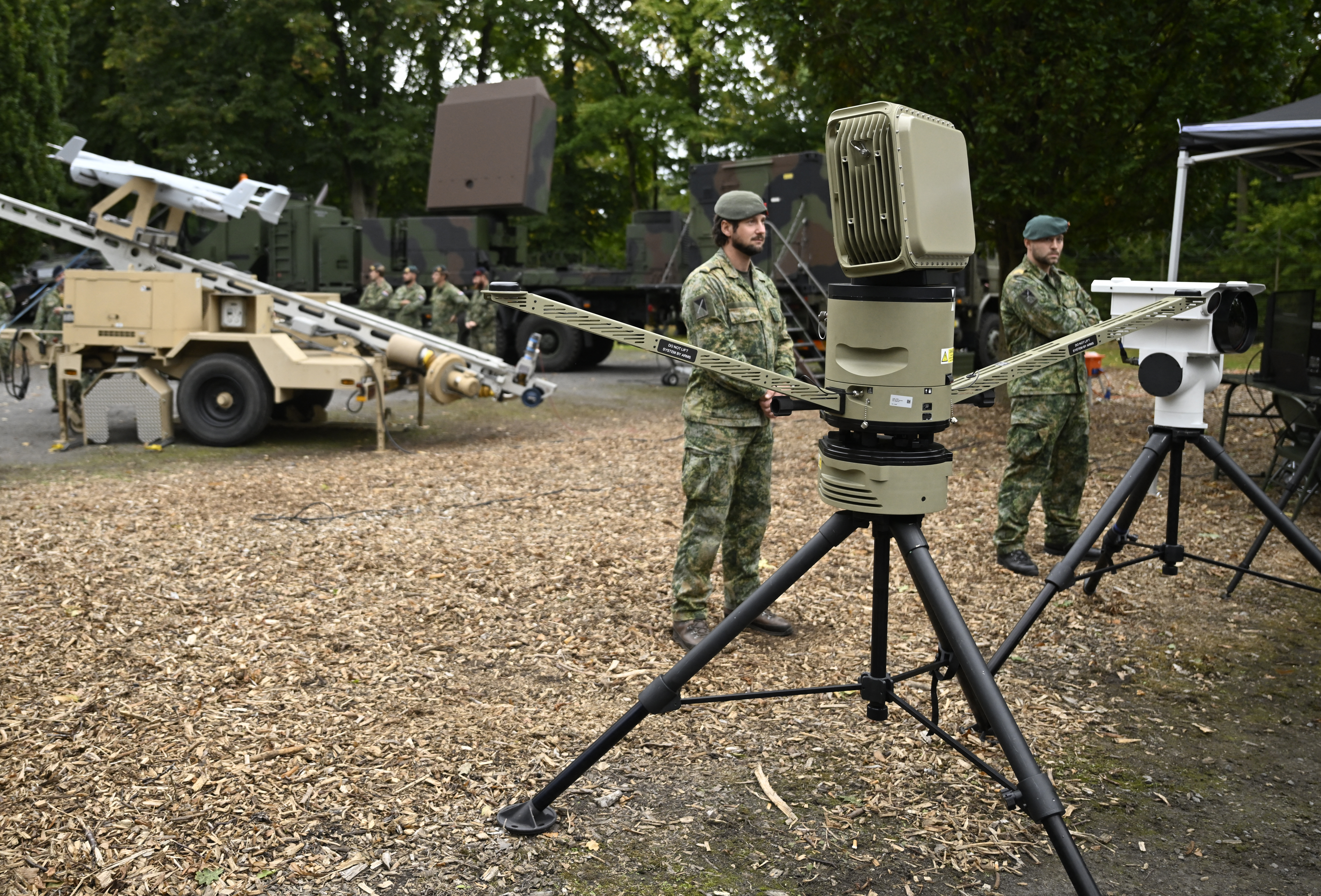
The U.S. military launched 21 satellites into space from Vandenberg Space Force Base, Calif., Sept. 10, delivering the first of the Space Development Agency’s more than 100 planned “Tranche 1” data transport spacecraft into orbit. The others are to launch over the next year.
A SpaceX Falcon 9 rocket carried the satellites, built by York Space Systems, into space. They will be the first in a constellation flying in low-Earth orbit (LEO) and providing tactical military communications, missile warning and tracking, and beyond-line-of-sight targeting by 2027.
“The start of Tranche 1 delivery, just over six years since SDA stood up as an agency, is a remarkable accomplishment highlighting the speed at which the agency moves,” SDA acting director Gurpartap “GP” Sandhoo said in a release. The launch came a day after SDA’s founding director Derek Tournear departed the agency for a civilian role in academia.
The data transport satellites are a key part of what the Pentagon hopes to achieve with its program of Joint All-Domain Command and Control, which is intended to instantaneously share targeting and intelligence data among the military services.
Additional capabilities are to come. A batch of Tranche 1 missile warning and tracking satellites is set to launch early next year.
All told, the SDA plans to have 154 operational Tranche 1 satellites—126 for Transport Layer and 28 for the Tracking Layer, plus four more “four missile defense demonstration” space vehicles.
Two SDA Space Operations Centers will operate the Tranche 1 constellation from Grand Forks Air Force Base, N.D., and Redstone Arsenal, Ala, “while a global network of ground entry points provide support,” Space Systems Command, the Space Force’s acquisition arm, said in a Sept. 10 release.
Sandoo is just days into his job, taking over from Derek M. Tournear, who has been the agency’s only permanent director until he retired on Sept. 8.
SDA has previously launched so-called “Tranche 0” satellites in 2023 and 2024 to test out its concept of deploying large constellations of low-Earth orbit spacecraft to enhance the resilience and speed of development of America’s on-orbit capabilities. The soon-to-be-launched Tranche 1 missile tracking satellites will be key to the Pentagon’s “Golden Dome” missile defense initiative.
The first Tranche 2 satellites are scheduled to launch in the fall of 2026 and continue into 2027. Tranche 3 is on hold as the Department of Development plans to examine whether to explore more commercial options.
“There is a ton of effort that goes into building the satellites, developing the software, and standing up all the ops facilities that are required to be ready,” Chief Program Officer Mike Eppolito said previously.
The first forces to take advantage of Trache 1 are those in the Asia-Pacific, including the Space Force’s Indo-Pacific component. Sandhoo said it will be a few months before the satellites can provide operational value as they go through their initial testing phases.
Tranche 1’s 2027 “timeline supports warfighter needs communicated to SDA by U.S. combatant commands,” SSC said in its release.
The SDA has faced skepticism over whether all its capabilities will work as planned, and Tranche 1 has experienced delays. The speed and cadence of launches SDA is planning—which is a core principle of the agency’s work—is unlike anything the Pentagon has attempted before, as military space programs often go years between extremely capable—and expensive—satellite launches.
The post SDA’s First Operational Data Satellites Launch Successfully appeared first on Air & Space Forces Magazine.

Missile Warning & Defense, Space, Space Development Agency
Air & Space Forces Magazine
[crypto-donation-box type=”tabular” show-coin=”all”]






